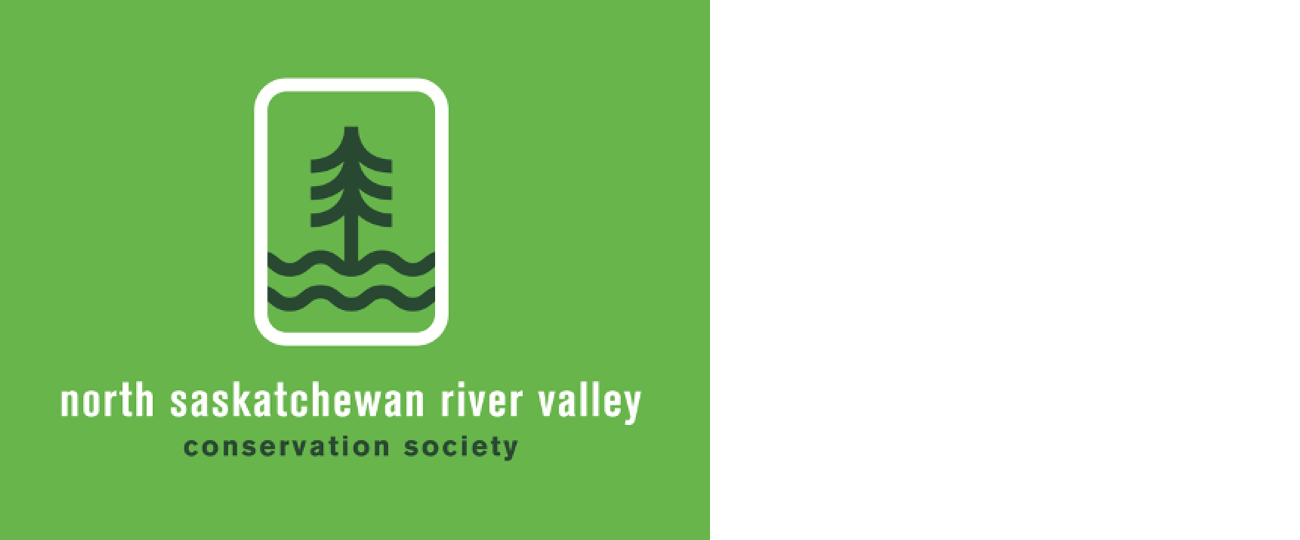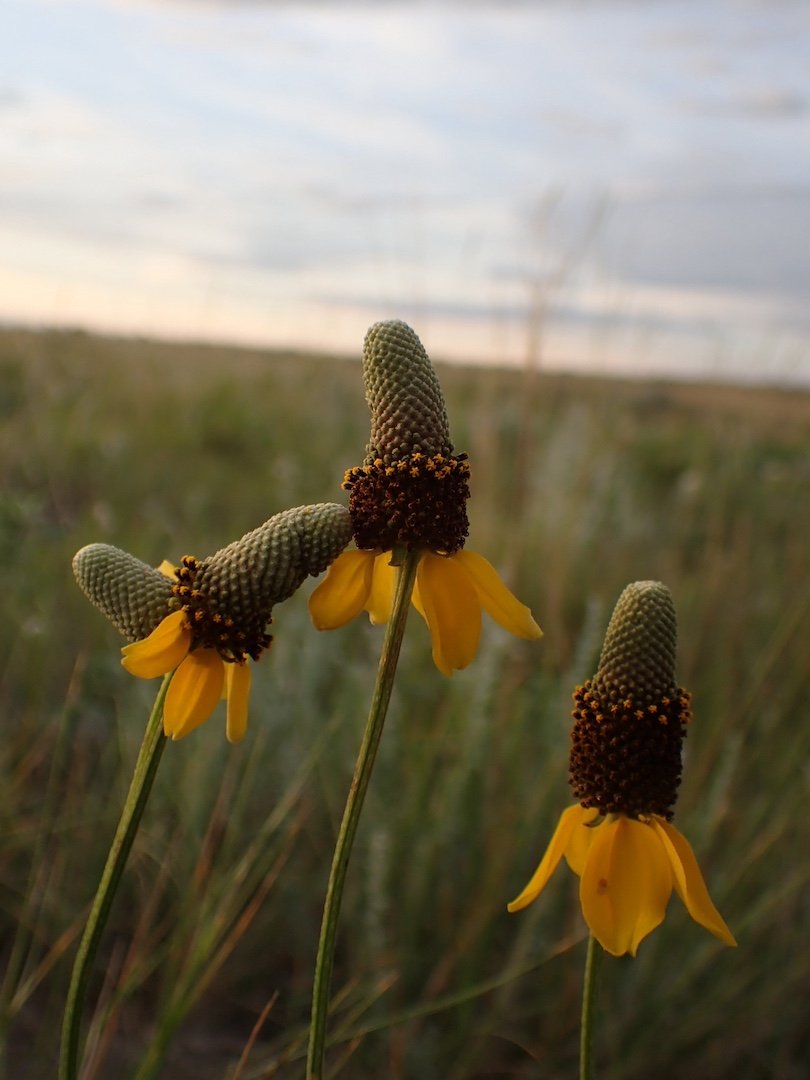Joni Mitchell’s “Big Yellow Taxi” still rings true in conservation today
Tony Russell photo
55 years ago this month, Joni Mitchell released the song “Big Yellow Taxi”. For those of you who aren’t familiar with Joni, she is a widely loved singer-songwriter, multi-instrumentalist, and painter born in Fort Macleod, Alberta.
Big Yellow Taxi was written by Mitchell while she was on vacation in Oahu. She was staying at a skyscraper hotel, from which you could see green mountains and white birds in the distance. However, while looking out the hotel window, Joni noticed that she was surrounded by parking lots as far as the eye can see.
In the documentary “When Hippies Ruled the World”, Joni shares that Big Yellow Taxi asks the age-old questions that continue to plague us when it comes to conservation: Which will win, nature or the concrete jungle? Are we going to pave everything over? Or will we leave the parks be?
These are the sorts of questions that Edmontonians are faced with when thinking about the future of the North Saskatchewan River Valley. The hope is that we don’t need to lose this vital part of our city in order to finally realize what we’ve got.
Fungi a hot commodity for plants looking to form deep relationships
Jason Teare photo
If you have been walking through Edmonton’s river valley or natural area parks, you have probably noticed mushrooms growing along the walking trails. They come in many different forms and colours and often the most interesting ones are hidden in the underbrush on rotting tree trunks. Here are some other cool facts on fungi:
Fungi were once classified as plants but are now recognized as a separate kingdom. Unlike plants, fungi do not contain chlorophyll and are unable to produce their own food.
The mushroom is the fruiting body of the fungus. The vegetative part of the fungus is found in the soil and is made up of a mass of threadlike filaments called hyphae, collectively known as mycelium. Mycelium can cover a huge area, with the largest known continuing mass estimated at 2400 acres in size.
Fungi break down plant wastes through their mycelium. During this process nutrients and organic matter enrich the soil. Without fungi to break down these wastes, we would be up to our neck in plant debris.
Some plants form beneficial relationships with fungi to help them grow. These fungi are called “mycorrhizae” and attach to plants roots making some nutrients more accessible for plant growth.
Many foods that we consume can be attributed to fungi. Bread, some types of cheese, soda pop, beer, and even chocolate all depend on fungi in the process of being made.
Finally, if you have ever taken Penicillin to treat an infection, you can thank fungi. Penicillin is derived from fungi known as Penicillium. https://natureedmonton.wordpress.com/2012/08/18/fungi-in-edmonton/
NatGeo on why Edmonton should be everyone’s next Canadian getaway
Explore Edmonton photo
National Geographic released a travel article on March 27 covering 7 reasons why folks should visit Edmonton, the gateway to Canada’s North. Unsurprisingly, the number one reason why was to explore wild landscapes in the North Saskatchewan River Valley.
The article states that Edmonton’s proximity to the vast, untouched wilderness of Northern Canada places it right on urbanism’s final frontier. The city is an approximately three-hour drive from the entrance to the expansive Jasper National Park and the Canadian Rockies; yet, you don’t have to leave Alberta’s capital to find crowd-free, tree-lined trails and an abundance of wildlife.
The article goes on to say that the RV is accessible from various points around Edmonton and offers plenty of outdoor activities — from hiking and mountain biking in the summer to snowshoeing and cross-country skiing in the winter. With more designated green space than any other city in North America, Edmonton’s urban parkland offers access to the Canadian woodlands within mere minutes of the city’s lively downtown.
Other reasons to visit Edmonton included the city’s hands-on Indigenous cultural experiences, local arts and culture festivals, sporting passion, and food scene. The entire article can be read here https://www.nationalgeographic.com/travel/article/paid-content-7-reasons-to-visit-edmonton-alberta
The 2025 Beaverhill Lake Snow Goose Festival is quickly approaching
What had 4,000 people searching for thousands of Snow Geese in two days near the town of Tofield, Alberta? The Beaverhill Lake Snow Goose Festival, launched in 1993 and held near the end of April for 10 years. This year, the Snow Goose Festival will occur on April 26 & 27 based out of the Tofield Curling Arena.
The festival is a celebration of spring bird migration. It’s an opportunity for nature enthusiasts, bird watchers, and interested members of the general public to view many species of birds that stop in Beaver County on their migration northward.
This family-oriented celebration provides transportation and tours and hikes around Beaverhill Lake and Beaver County led by naturalist volunteers. In the town of Tofield, a trade fair and numerous activities provide additional options for visitors.
In the 1990s, the Snow Goose Festival was one of the most popular and successful events of its kind in Canada, if not all North America. An estimated 3,400 people attended the first festival, and over 6,000 people participated in its last year (April 20–21, 2002). More information and tickets are available here https://www.snowgoosefestival.ca/
March 27 Issue
Geoff writes “Thanks for the weekly updates. I read and enjoy everyone.”
龍的傳人 Descendants of the Dragon by Paul Reimer, Quarters LRT Stop https://www.edmontonarts.ca/public-art/descendants-of-the-dragon
Comment or Contributions
Please note articles may not reflect the position of NSRVCS. River Valley News is meant to be a clearinghouse for the variety of opinions and ideas about Edmonton’s River Valley.
Email river valley photos, event information, comments, or questions to nsrivervalley@gmail.com
Forward this link to anyone you think may want to sign up for this newsletter https://www.edmontonrivervalley.org/newsletter-signup
















